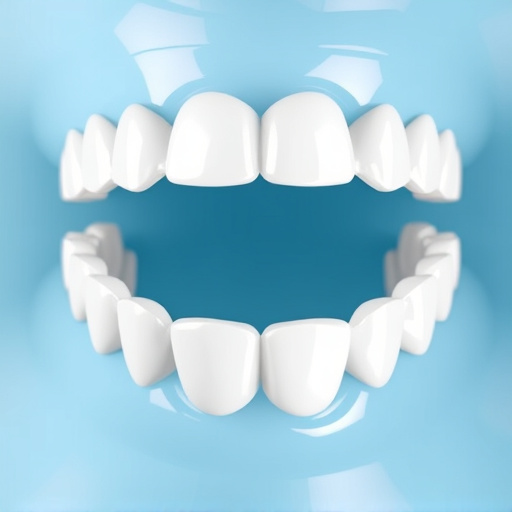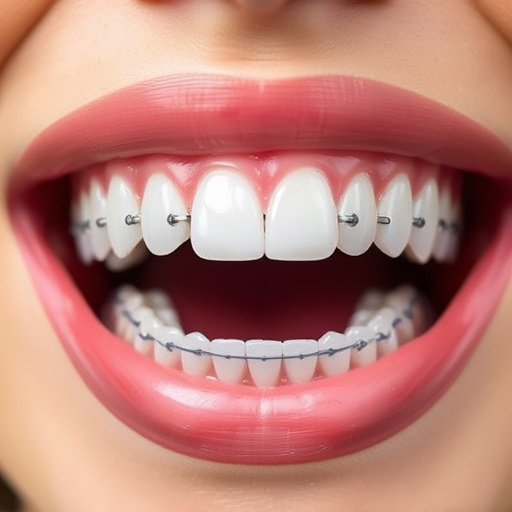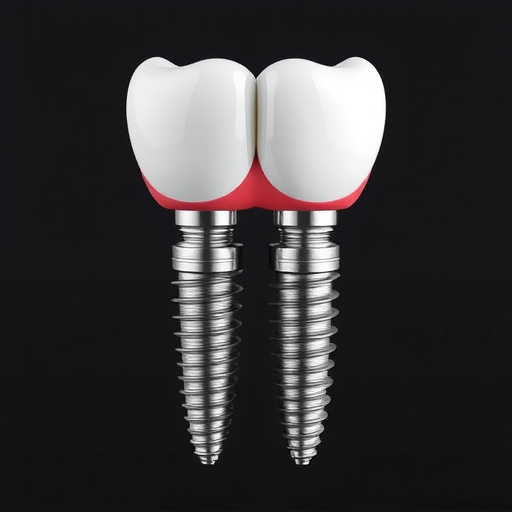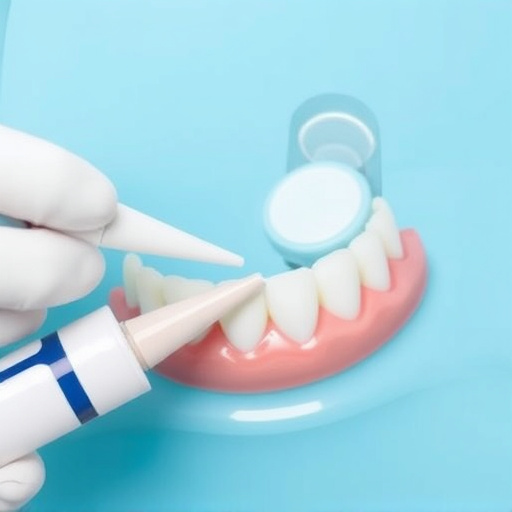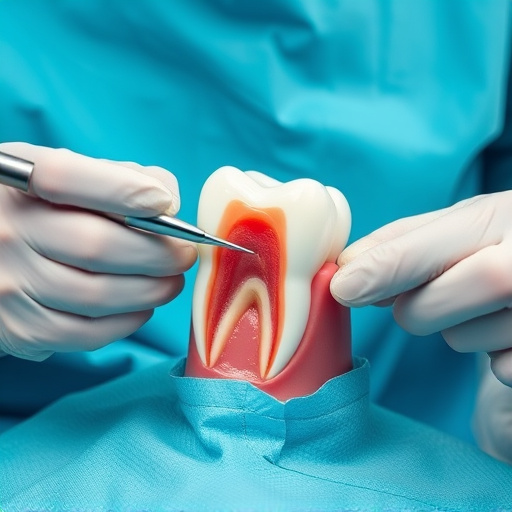Understanding your dental insurance coverage for emergencies is crucial. Check with both insurer and dentist's office to confirm criteria and costs. Your network of insured dentists streamlines urgent care access. Knowing policy scope ensures appropriate treatment and maximizes benefits. Choose a children’s dentist for families, focus on preventive care for long-term savings. Locate in-network providers who accept your dental insurance for affordable, prompt emergency care.
In today’s world, unexpected dental emergencies can arise at any moment. Knowing how to access emergency dental services that align with your insurance coverage is crucial. This article guides you through understanding your dental insurance’s emergency benefits and navigating claims efficiently. We’ll explore the process of finding a network provider for urgent care, ensuring peace of mind when facing dental crises. Discover how to make informed decisions and leverage your dental insurance accepted services effectively.
- Understanding Emergency Dental Coverage
- Navigating Dental Insurance Claims Process
- Finding a Network Provider for Urgent Care
Understanding Emergency Dental Coverage
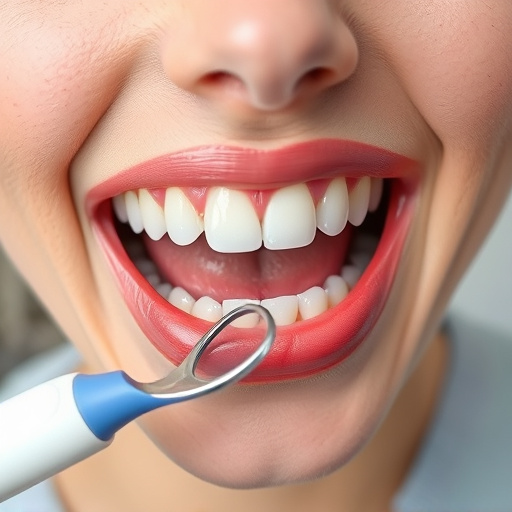
When it comes to emergency dental services, understanding your coverage is crucial. Many dental insurance plans include provisions for urgent care, but the specifics can vary widely between policies and providers. It’s essential to check with both your insurer and the dentist’s office to confirm what constitutes an emergency under your plan, as well as any out-of-pocket expenses you might incur. Emergency dental coverage often focuses on sudden issues like toothaches, broken teeth, or oral bleeding that require prompt attention.
Your dental insurance accepted network can play a significant role in accessing these services efficiently and with minimal financial strain. Preventive dentistry, such as regular cleanings and checkups, is typically covered under basic plans, but emergency procedures like root canals or dental fillings might fall under different coverage levels. Knowing the scope of your policy helps ensure you receive appropriate care while adhering to your insurance benefits, allowing for better management of unexpected dental emergencies.
Navigating Dental Insurance Claims Process
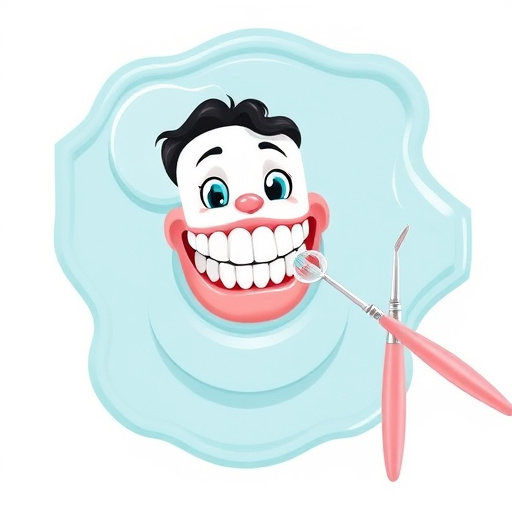
Navigating the dental insurance claims process can seem daunting, especially when you’re facing an emergency or a painful tooth issue. The first step is to understand what your policy covers and what services are considered essential or preventive dentistry. Many plans include coverage for routine check-ups, cleanings, and basic treatments like cosmetic fillings, which are crucial for maintaining oral health. When you visit an emergency dentist who accepts your insurance, they will help you file a claim on your behalf, ensuring that all necessary paperwork is completed accurately.
This process involves verifying your benefits, submitting claims electronically, and tracking the status of reimbursement. It’s essential to keep records of receipts and any communication with your insurance provider. For families, choosing a dentist who caters to children’s dentistry can make these visits less stressful for both parents and kids. Additionally, focusing on preventive dentistry, such as regular visits and at-home care, can save money in the long run by avoiding more complex and costly procedures.
Finding a Network Provider for Urgent Care
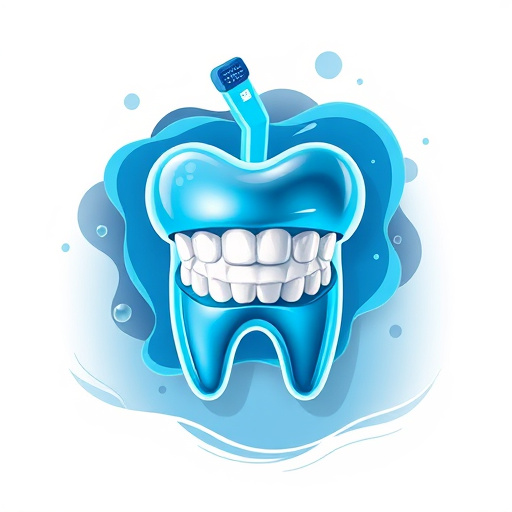
When facing a dental emergency, finding a provider within your network who accepts your dental insurance is crucial for ensuring affordable and accessible care. Start by checking with your insurance carrier to obtain a list of in-network dental practices in your area. This list will save you time and hassle when searching for urgent dental care. Many insurance providers offer online portals or mobile apps that allow you to verify providers, check benefits, and even schedule appointments.
Once you’ve identified potential network providers, consider their availability and the types of services they offer. Remember, not all dentists specialize in every procedure. For example, if you need complex work like a dental crown or filling, ensure the provider is equipped to handle such procedures. Regular dental cleanings are also an essential part of emergency care, as maintaining good oral hygiene can prevent further complications.
When facing an emergency dental situation, understanding your dental insurance coverage and network providers is crucial. By familiarizing yourself with these aspects—from comprehending emergency dental benefits to navigating claims and locating in-network care—you can ensure prompt, affordable treatment. Remember, knowing your rights and available resources is key to receiving quality dental care when it matters most. With the right preparation, you’ll be better equipped to handle unexpected dental emergencies while maximizing your insurance benefits.







